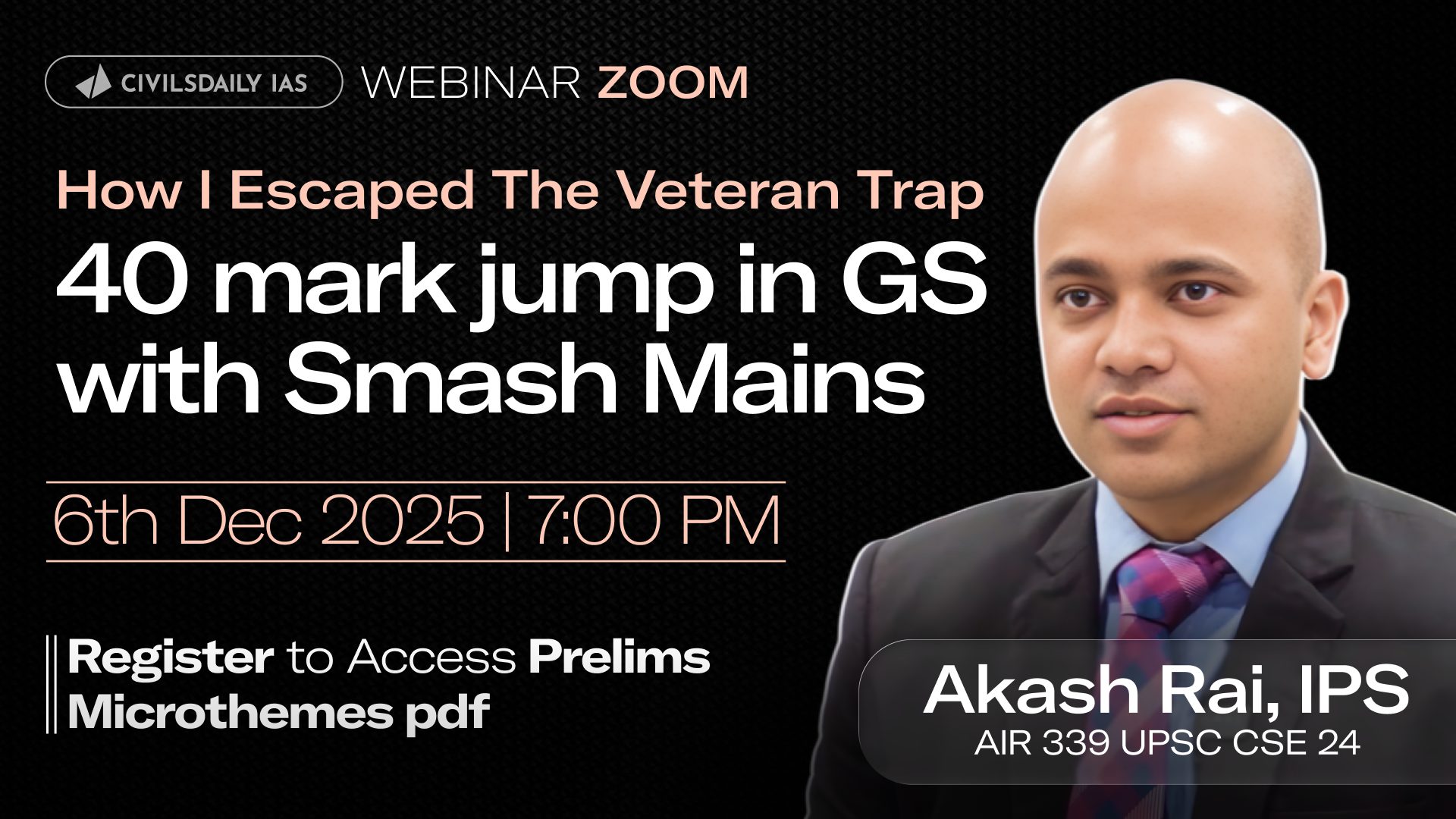GS II (Representation of People Acts) (Duplex)
The Representation of People Acts (RPA) of 1950 and 1951 form the foundation of electoral democracy in India. Elucidate the limitations RPAs & measures required to strengthen it.
Best answer
Narayana Sarma wrote the best answer for this question and got a score of 5.5/10. The answer is being reproduced below for everyone’s convenience. Of course these answers can always be improved. (Best answer of a particular only involves those given on that day, later answers may not have been checked)
With an aim of ensuring free and fair elections, the parliament enacted The Representation of People Acts 1950 and 1951. The former deals with the seats allocation, delimitation of constituencies, voters’ qualifications whereas the latter deals with the conduct of elections, qualification and disqualification of contestants, election offences primarily. In following ways, the RPA of 1950 has strengthened the electoral democracy:
-It mandates the ‘direct election’ for Lok Sabha, making the system of election understandable by commons
-No person can be registered in electoral rolls of 2 or more consituencies
Similarly, the RPA of 1951 has ensured strong foundation of electoral democracy in following ways:
-It provides that only an elector can be a representative in parliament
-Provisions advocating stringent disqualification norms. Eg: A person sent to jail for atleast 2 years will be disqualified to contest elections for 6 years after his release.
-Confers enormous power on Election Commission of India. Eg: From acceptance of nominations to counting, if at all any enquiry arises, Election Commission can act as a civil court issuing summons
-Declaration of assets of elected candidates within 90 days
-Mandating the maintenance of account of election expenses
However, it does have some limitations in the form of loopholes, some of which are given below:
-It fails to make excessive/under-assessed campaign expenditure an offence
-Section 77 of the RPA of 1951 deals with expenditure of candidate and not political party, in whose name large expenses are made. This leads to under-assessment of campaign expenditure.
-Section 29B of the RPA of 1951 allows candidates to accept unlimited contribution from non government company/non-foriegn individuals and these are unaccounted
-Does not address the less popular contestants who lack funding
-No statutory backing for powers of ECI
-It prohibits poll campaign only in poll-bound area, allowing a candidate to carry out campaign via video conferencing from a different location
-Doesn’t address the opinion polls advertised by news channels
Some solutions proposed are
-Video monitoring of campaigns, cyber squad to curb under-assessment of physical and virtual campaign expenditure respectively
-Making amendments to remove loophole sections such as 29B and 77
-Researching on the feasibility of state funding to ensure fair and inclusive competition
However, the recent proposal to introduce totalizers, which makes booth wise results unavailable to curb harassment of political parties, is a step forward in strengthening electoral democracy.

